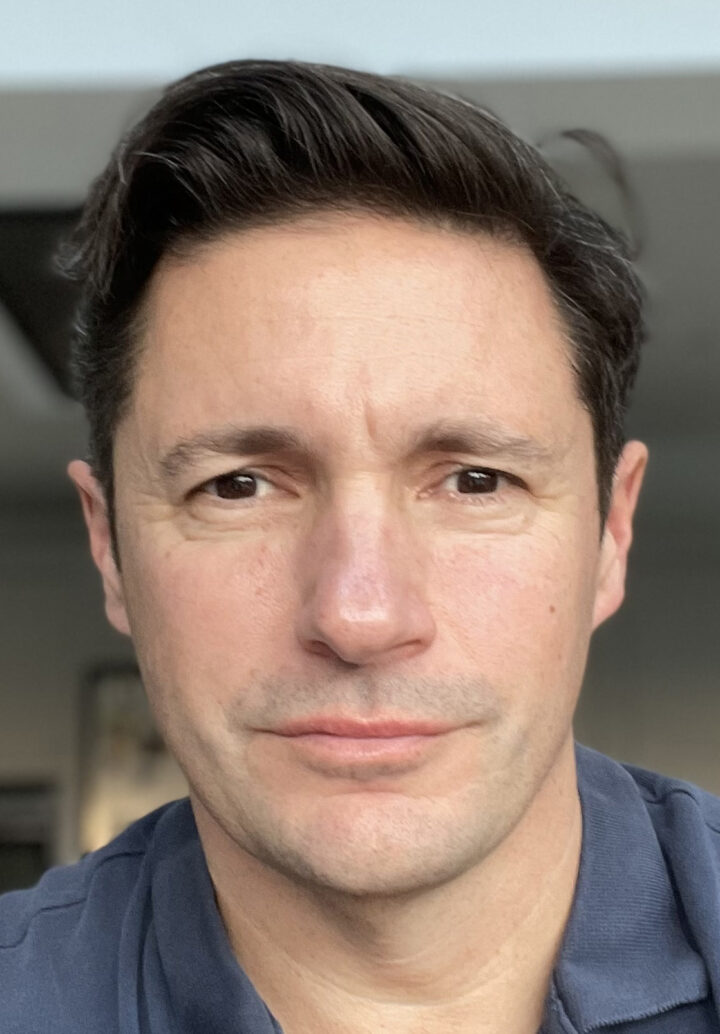
Interview with Jim Reynolds, Senior Director at Pulsar Platform, a social media intelligence company based in the UK.
Hi Jim, what is your background and what is included in your current role at Pulsar Platform?
I currently lead Partnerships and Alliances at Pulsar Platform, a wholly-owned subsidiary of Access Intelligence PLC.
My role focuses on all things that encompass partnerships, from data partnerships overlooking vendors including Twingly and Twitter, to fully understanding how social media can be used and utilised in the social analytics media monitoring and measurement space.
I also look after technology partnerships, focusing my energies around deciding how we interpret and understand data that comes into the Pulsar platform, and how we can create more value from data that has been augmented to our partners. I also look at indirect data, whether that be a reseller, partner or consultancy, and reach an understanding of the business viability of that partnership.
I’m the subject matter expert within the organisation, understanding the grander ecosystem and how social analytics clings with customer care and publishing, or developing a complete ecosystem.
What differentiates Pulsar Platform?
When we look at the rest of the social analytics ecosystem, what really differentiates us is the new, fresh view we have on data. Most of the other companies in this space are ten to 12 years old. Most provide services whereby they count interactions or clicks on a post and provide a basic form of sediment analysis.
Pulsar, in contrast, looks at data from a different cohort. Rather than looking at keywords and counting interactions, we strive to understand the audience or panel that are discussing something. We then start to map out what the behaviour of that something is. We ask about the personas interacting with content and the network that is driving interactions so that we can in turn drive truly valuable insight rather than just being another keyword counter.
What are the greatest challenges ahead for Pulsar when it comes to serving customers?
Our customers are inundated with content and information. We strive to explain to our customers that it is beneficial to them to evangelise us rather than consider us as just another social media monitoring company. This is tough to do considering the complexity of the field, and the level of competition found within it.
Ensuring that all users in the space get insights from the datasets they’re contracting is another challenge. We need to make sure our customers have that access to information and that they know we are doing something special with it.
How may changes in privacy law changes impact the industry?
Facebook, the issues that emerged with Cambridge Analytica and Twitter’s varying approaches to privacy, as well as the limited access to its platform, have put a lens on an industry that was already opaque when it comes to privacy.
Compliance is interesting. Press, media and broadcast monitoring have existed, in some form, for hundreds of years at this point. Regulation and compliance will always lag behind market adoption. We’re now at an intersection. We love the simplicity of carrying a cell phone but the concept that we are the product is scary and foreign to most people. Regulation will catch up eventually.
But when we think about the value of this data for the owner of this data and the broadcaster that will share it, we see the increase in privacy laws as part of a natural curve. Markets learn the value of understanding how audiences, peers or constituents think and most people are fine with data collection as long as it is done in an ethical and transparent way. Where it gets creepy is when content is being manipulated or opinions changed. Networks have not done a good enough job at being transparent and we as the vendors need to do a better job of speaking up too.
Does Pulsar Platform have any new technologies it intends to release into the market soon?
We have continued to be an innovator in the market and are very proud of being first to market with datasets like TikTok and Pinterest. We’re going to continue that trend.
Of course I’d love to share sneak peeks of what we’re doing next but I’m sworn to secrecy! But the areas we’re focused on are continuing to share additional network datasets, so that when looking at the core of a problem - like which audiences are sharing which information - those insights can surface faster to drive decisions. Augmenting AI-based analysis to onboard additional partners will also be a focal point.
Which of the services you offer do you think are under-utilised by clients?
Education of users is difficult. I’ve yet to see a product manager in the industry that doesn’t want their data utilised in a better way by their customers.
On our side, the more we can educate our users to understand the intersection of content and the shareability of content, whether that be a network view, data thematics streams or emotional analysis, the better. I understand how difficult it is for users, and every single customer base of every single platform has users underutilising features. If I was to be selfish, I’d like more folks to know about the power of network analysis and how information spreads through nodes.
How do you predict the social media intelligence industry will change in five years time?
Now that I’ve been in the industry for 12 years, the single greatest challenge that I do not see changing is data accessibility. There will always be a new network emerging, or more private networks but data access will vary. Countries that have strong control over data access like in regions in the Pacific - if China does not want a consumer accessing a dataset they just turn it off - will continue to be a challenge. This can be hard to explain to Global 2000 organisation: it isn’t the same as negotiating with a company.
But when we talk about change, the things that get me excited are areas like the consumption of digital assets. We’re on the cusp of something really exciting considering the changes that have occurred during the pandemic. The world is now digital first for all things. Remote work is here to stay and users will continue to share. The more vendors like ourselves expand into digital measurement, digital understanding and looking at the full ecosystem, the more the lens of what we review will expand. As users become more aware that companies are sucking information out of them, we will move further towards observational sciences.
By Peter Appleby


